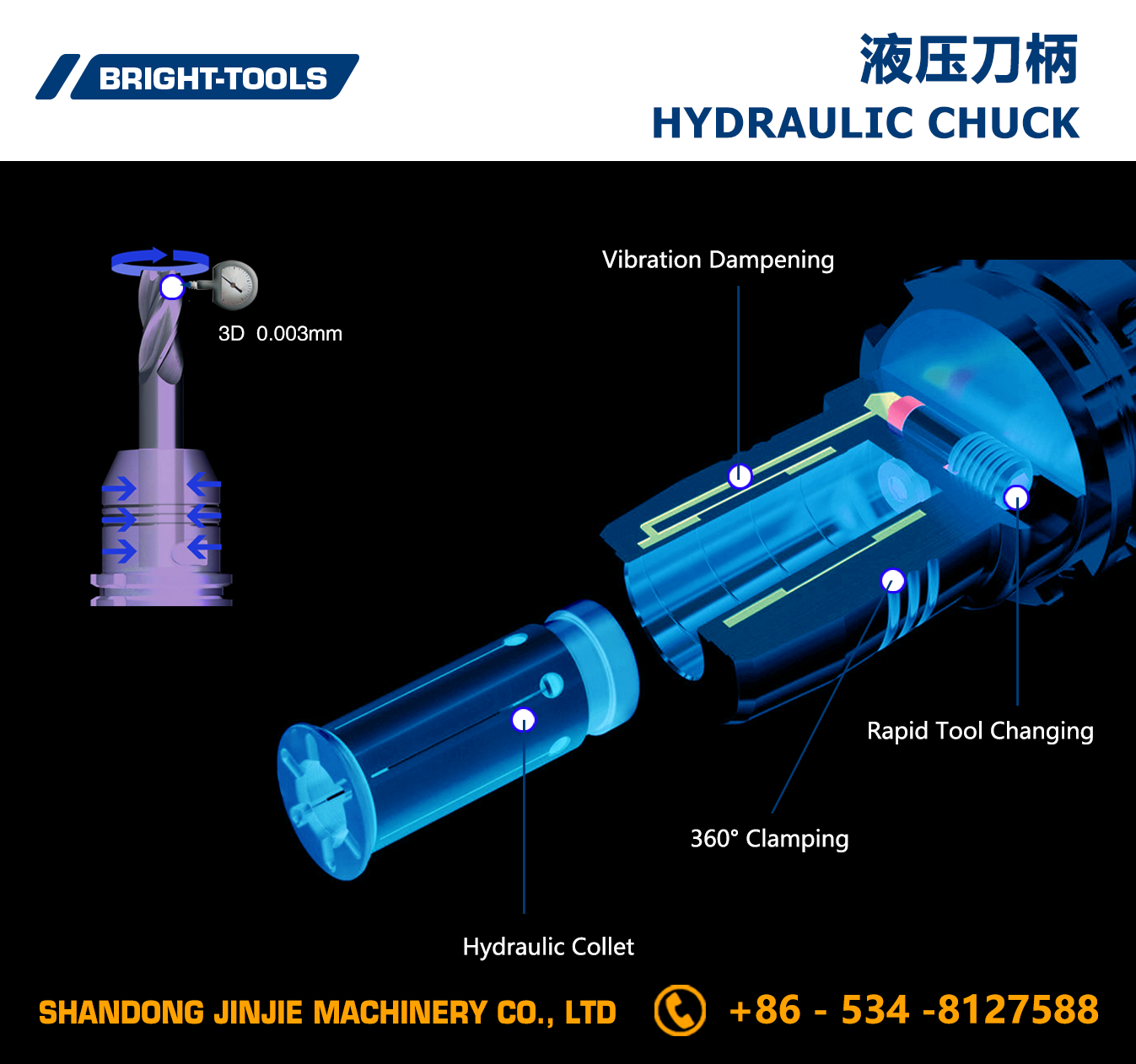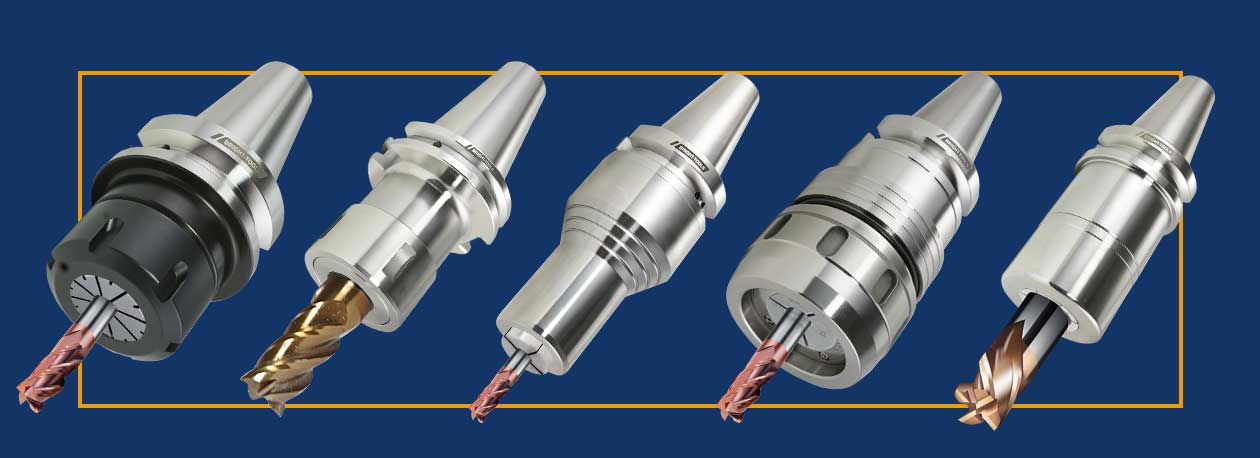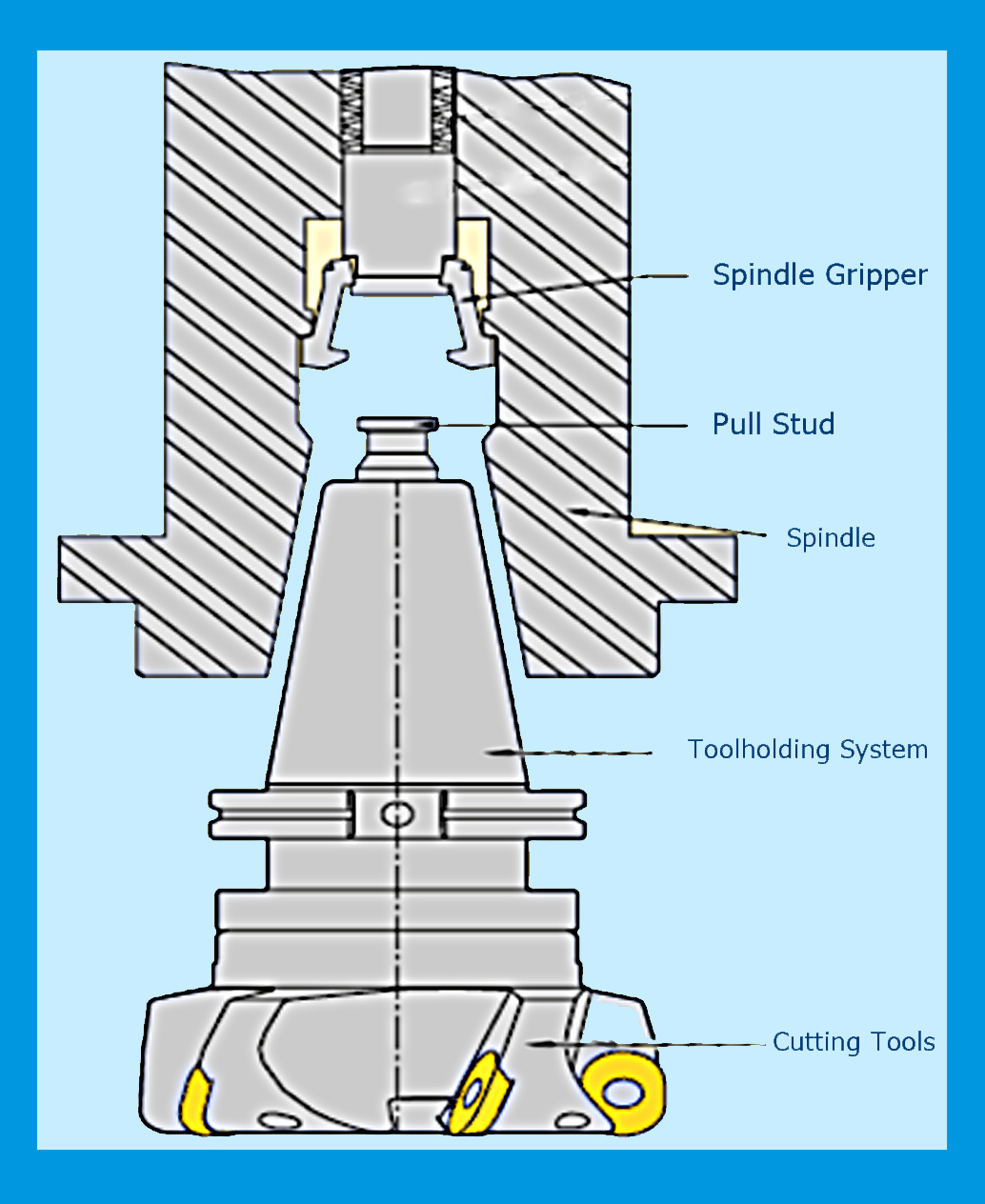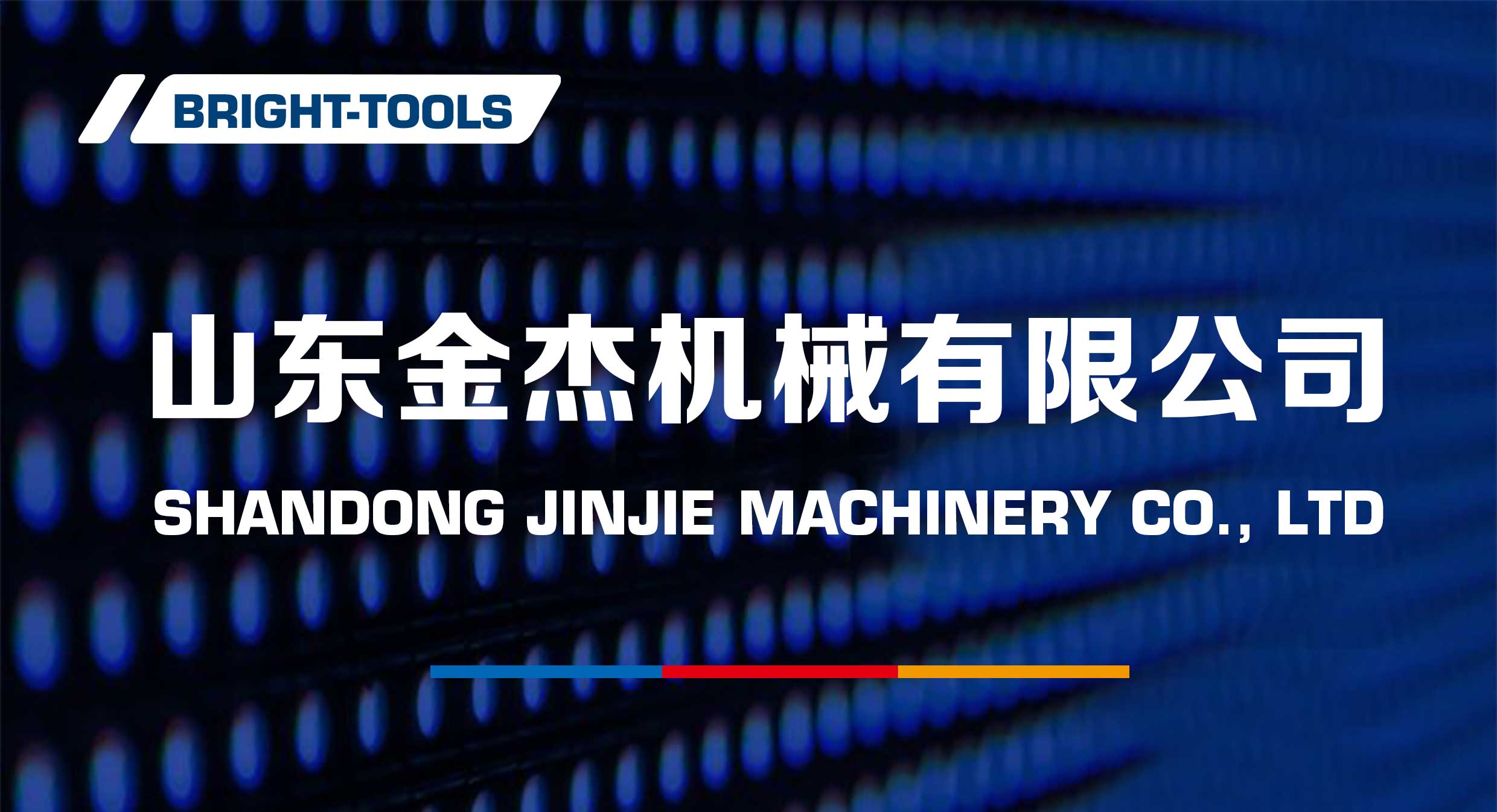How to improve tool life by tool holder during high-speed machining
high-speed machining is a whole different animal. When speed increases, the forces pushing the holder off center increases too. This runs the risk of uneven radial forces on the cutter and, in turn, premature wear. To achieve efficient tool life, proper finish and productivity in high-speed work, holders need to be as rigid, compact and short as possible to keep the whole assembly stable. While there are unique factors when considering holders for high-speed machining in general, when tool life is a priority, consider these specifically:
The higher gripping force the better. Extra contact length in the internal taper of the chuck enhances this, while a shallow collet taper and micro-mirror, ground-finished surfaces improve concentric force and help with balance.
Holder balance matters most in high-speed applications. Instead of the commonly referenced G2.5 issued in 2003, consult ISO 16084 provisions for the definition of maximum imbalance for different applications. This 2017-issued standard was developed specifically for rotating tool systems and takes into account the spindle-tool interaction and load.
Dual-contact holders maximize all-important stability at high speeds, keeping cutters on the center line by making flush contact at the taper and face of the spindle.
Improving tool life with long-reach holders
Like high-speed machining, long-reach scenarios add a whole new set of geometrical and physical influences to consider. Finishing off those deep pockets and cavities is always a challenge. Put simply, the farther the tool does its work from the spindle, the more room there is for error and/or uneven wear. Some things you can consider in order to preserve tools during long-reach work include:

Consider hydraulic chucks. In addition to their natural vibration damping that helps make cuts efficient, relatively small nose diameters are ideal for reaching into pockets and 5-axis machining.
Always balance holders as a complete assembly. Factory-balanced holders are often inadequate for long-reach applications. For instance, CAT and BT holders should be balanced with the retention knob and cutting tool in place, and HSK holders with the coolant tube.
Don’t overlook maintenance. Keep holder bores clean and test gripping force regularly. Tooling and spindle cleaners are fast, easy and safe for operators to use regularly.
While we haven’t covered every scenario, the right holder is an effective counter to consumable waste. (Carbide isn’t getting any cheaper.) Cost per part is another solid way of measuring the benefit of an improved tool holder. Getting more tool life from a single tool means more parts from the same production cost—and lower cost per part. Even bigger picture, shorter cycle times have more impact on lowering the cost per part than even the machine or operator burden rates over time.
So, before you put your money in another, less efficient investment, consider how tool holders may be able to pay big dividends for over time. Explore our entire lineup of high-performance holders, from hydraulic chucks to basic arbors, to find your next solution.










 Leave a message
Leave a message
